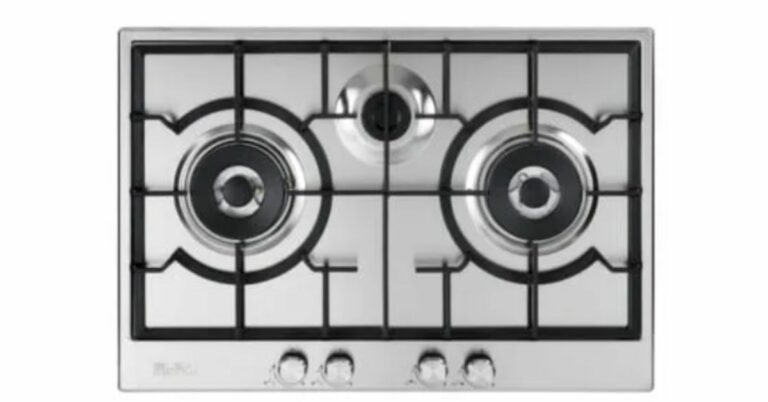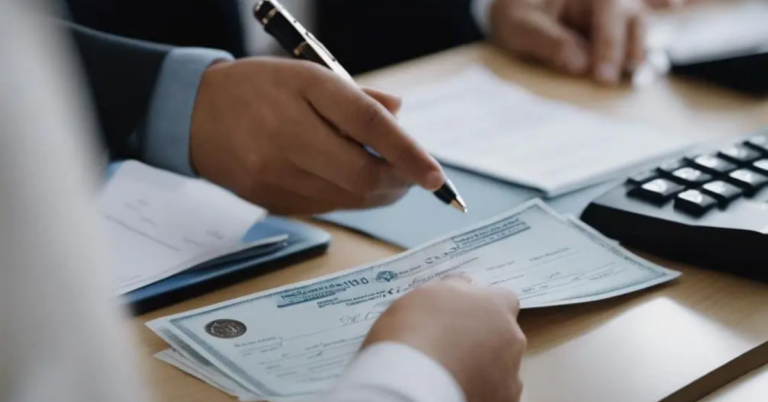Safety Nets in Singapore: Essential Protection for Every Project
Whether you’re working on a high-rise construction project, managing an industrial facility, or organizing a large-scale event, safety must be a top priority. One of the most practical and cost-effective tools to enhance workplace safety is the Safety Net.
In Singapore, where urban development is constant and space is limited, fall prevention and debris containment are vital. That’s why safety nets are not just an accessory — they’re a legal and ethical necessity.
In this comprehensive guide, we’ll explore what safety nets are, their key types and applications, the benefits they provide, and how to choose the right safety net for your site or project.
What is a Safety Net?
A safety net is a mesh-based protective structure designed to catch falling people or objects. Typically made from high-strength synthetic fibers like polypropylene or polyethylene, these nets are used in various sectors to prevent workplace accidents, injuries, and property damage.
Safety nets are often installed:
-
At construction sites to catch falling workers or tools
-
Around buildings to prevent debris from endangering pedestrians
-
At warehouses or factories to stop equipment or products from falling
-
In sports facilities and events for spectator safety
Why Safety Nets Are Critical in Singapore
1. Urban Density
Singapore’s compact cityscape means that construction zones are often located near public roads, schools, malls, and residences. A single falling object can pose a serious threat to passersby.
2. Strict Workplace Safety Regulations
The Workplace Safety and Health (WSH) Act requires employers and contractors to implement fall protection measures. Safety nets are a common, compliant solution.
3. Increased High-Rise Construction
With more high-rise residential and commercial developments, fall hazards are more prevalent. Safety nets provide a passive, always-on layer of protection for both workers and the public.
Types of Safety Nets
There is no one-size-fits-all solution. Understanding the different types of safety nets helps you choose the right one for your specific needs.
● Fall Arrest Safety Net
These nets are designed to catch people falling from a height, such as workers at a construction site. They’re typically installed beneath high-risk work areas and must meet strict strength and elasticity standards.
● Debris Netting
Also called scaffold netting, debris nets are installed along scaffolding to prevent tools, dust, or building materials from falling and injuring people below.
● Edge Protection Netting
Used to secure open edges on buildings or platforms, this netting acts as a barrier to prevent workers or materials from falling off the edge.
● Vertical Safety Nets
Mounted vertically on scaffolding or along building sides, these nets help contain falling debris and prevent lateral falls.
Key Features of Quality Safety Nets
✅ High Tensile Strength
The net must withstand high-impact loads — especially for fall arrest applications.
✅ UV Stabilization
Nets exposed to sunlight should be UV-treated to avoid degradation over time.
✅ Fire Retardant
In industrial or high-heat environments, flame-retardant properties are essential.
✅ Compliance with International Standards
Safety nets should meet or exceed standards such as EN 1263, BS 3913, or SS 605 (Singapore Standard) where applicable.
✅ Knotless Construction
Knotless nets distribute impact more evenly and are less likely to tear or tangle.
Common Applications of Safety Nets in Singapore
● Construction Sites
Safety nets are widely used in both public and private construction projects, especially those involving scaffolding, multi-story structures, or steelworks.
● Shipyards and Marine Works
Fall protection nets are essential in shipyards, where workers operate at heights or over water.
● Factories and Warehouses
Overhead safety nets can prevent products or tools from falling off storage racks.
● Public Events and Sports Venues
From concert arenas to stadiums, nets are used to protect spectators from projectiles, falling lights, or equipment.
Benefits of Using Safety Nets
🛡️ Passive Protection
Unlike harnesses or guardrails that require user interaction, safety nets provide continuous protection without limiting movement.
🛡️ Fast and Flexible Installation
Modular nets can be installed quickly and adjusted as the work area evolves.
🛡️ Reduced Injury Risk
In the event of a fall, a safety net can dramatically reduce impact and injury severity, often saving lives.
🛡️ Legal Compliance
Using certified safety nets ensures compliance with Singapore’s WSH laws and reduces liability.
How to Choose the Right Safety Net
1. Determine the Purpose
-
Is it to catch falling workers? → Choose fall arrest nets.
-
Is it to stop tools and debris? → Choose debris netting.
-
Need both? → Consider combination nets or layered systems.
2. Measure the Area
Get accurate measurements of the space to be covered. Consider overhangs and anchoring points.
3. Evaluate Load Ratings
Ensure the net’s break strength exceeds the anticipated weight or impact force.
4. Installation Requirements
Check if the netting system requires professional rigging or scaffolding attachments.
5. Compliance and Certification
Ask the supplier for documentation showing compliance with safety standards.
Safety Net Maintenance and Inspection
To ensure optimal performance, safety nets must be regularly inspected and maintained:
-
Visual inspections for tears, fraying, or UV damage
-
Tension checks to ensure nets are properly secured
-
Post-incident inspections after any object or person has fallen into the net
-
Routine replacements based on usage frequency and exposure conditions
Frequently Asked Questions (FAQ)
Q1: How often should safety nets be inspected?
A: Ideally, safety nets should be inspected weekly, and after any impact or severe weather event. For high-risk sites, daily checks may be necessary.
Q2: Can one net be used for both fall protection and debris containment?
A: Some hybrid netting systems can serve both purposes, but for maximum safety, it’s recommended to use dedicated nets for each function.
Q3: How are safety nets installed?
A: Nets are typically installed using hooks, tie ropes, or anchoring hardware onto scaffolding, beams, or designated structural points. Professional installation is highly recommended.
Q4: What material are safety nets made from?
A: Most are made from polypropylene or polyethylene, which are durable, lightweight, and resistant to weather and UV exposure.
Q5: Are safety nets reusable?
A: Yes, high-quality safety nets are reusable, but only if they have not been compromised by a fall or damage. Always inspect thoroughly before reusing.
Safety Nets vs. Other Fall Protection Systems
| Feature | Safety Net | Harness & Lanyard | Guardrails |
|---|---|---|---|
| Passive Protection | ✅ Yes | ❌ No (requires user action) | ✅ Yes |
| Limits Worker Movement | ❌ No | ✅ Yes | ✅ Yes |
| Coverage Area | Large | Individual | Linear (edges only) |
| Setup Time | Moderate | Quick | Long |
| Best For | Group fall protection | Individual worker safety | Perimeter edge protection |
Conclusion
In a rapidly growing and urbanized country like Singapore, safety nets are more than just construction gear — they’re a critical component of a responsible, safe work environment.
Whether you’re protecting workers from falls or the public from falling debris, investing in certified, high-quality safety nets is not only smart but often required by law.
At MyCanvas Connection, safety is part of every project we support. With the right netting solutions, you can ensure your site is not only productive but also secure for everyone — above and below.







